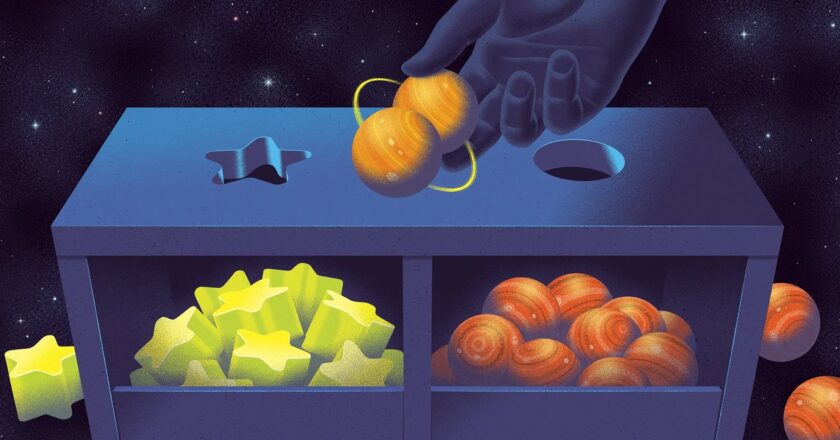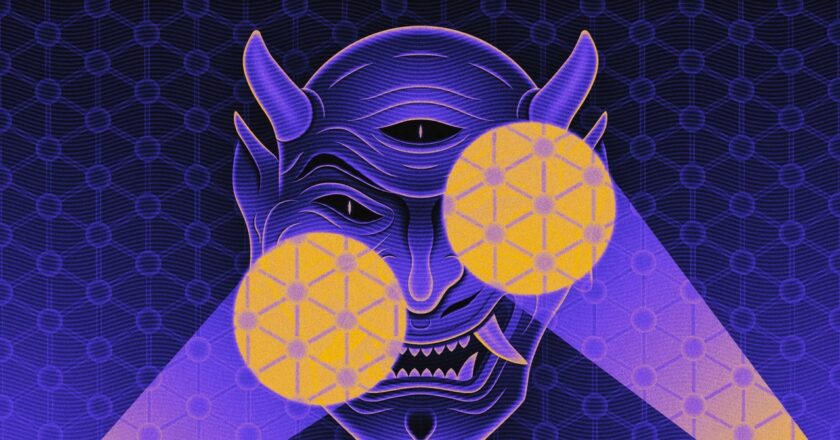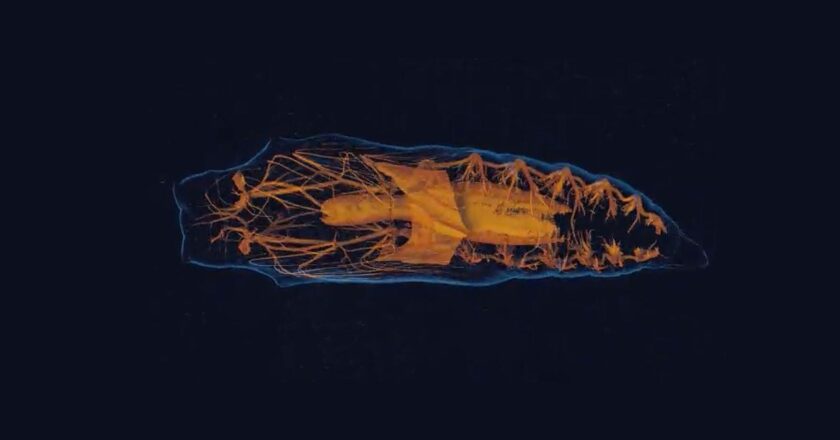The Quest to Map the Inside of the Proton
“How are matter and energy distributed?” asked Peter Schweitzer, a theoretical physicist at the University of Connecticut. “We don’t know.”Schweitzer has spent most of his career thinking about the gravitational side of the proton. Specifically, he’s interested in a matrix of properties of the proton called the energy-momentum tensor. “The energy-momentum tensor knows everything there is to be known about the particle,” he said.In Albert Einstein’s theory of general relativity, which casts gravitational attraction as objects following curves in space-time, the energy-momentum tensor tells space-time how to bend. It describes, for instance, the arrangement of energy (or, equivalently, mass)—the source of the lion’s share of space-time twisting. It also tracks information about how momentum...









